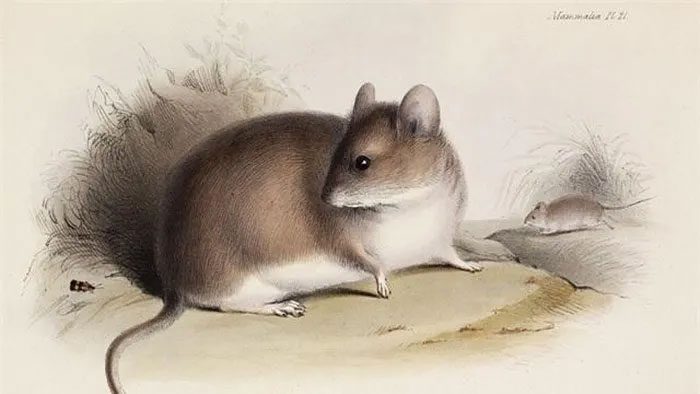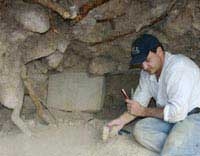Mummified mice, and even live ones, have been discovered at an astonishing altitude of 6,700 meters on the summit of a South American volcano, leaving scientists astounded.
A recent study has confirmed that the snow-covered volcanoes of the Andes are habitats for vertebrate species living at the highest elevations in the world. Researchers informed the journal Science that they found small mammals living at an altitude of 22,000 feet (6,700 meters) above sea level, challenging previous assumptions about the limits of vertebrate life.
In the past, scientists had frequently discovered mummified mice at sub-freezing temperatures on these mountain peaks, but they were unsure whether these small mammals lived on the volcanoes or merely visited them in search of food. In a publication dated October 23 in the journal Current Biology, scientists stated: “Mummified mice are sometimes found associated with rituals and burial sites of the Inca or people living near the summits of certain Andean volcanoes.” There is even a hypothesis suggesting that these animals were used as part of sacrificial rituals.

Mummified mice are sometimes found related to rituals. (Illustrative image).
However, when scientists dated the mummified mice of the species Phyllotis vaccarum, they discovered that even the oldest mummies were only a few centuries old—not enough time for the Incas to have transported them there. This increases the likelihood that live mice inhabit these heights and become naturally mummified in the dry and cold conditions.
In 2013, researchers climbing Llullaillaco Volcano on the border between Argentina and Chile first spotted a live mouse darting across the snowfield at a record height of 20,360 feet (6,205 m). According to a study published at that time in PNAS, the research team returned in 2020 and trapped additional live mice, including some on the volcano summit at an altitude of 22,100 feet (6,739 m). This is the highest elevation at which vertebrates have ever been found (birds fly higher but do not reside at these altitudes).
No vegetation can survive on the wind-swept summit with oxygen levels below 40% of that at sea level. Yet, over the past three years, researchers have collected hundreds more mummified specimens and live Phyllotis vaccarum from Llullaillaco and other volcanoes above 19,700 feet (6,000 m) in the Puna de Atacama region.
The researchers wrote in their recent study: “Such extreme elevations were previously thought to be completely uninhabitable for mammals.”
To demonstrate that Phyllotis vaccarum has indeed thrived at this altitude, the research team compared the genes of mice found at altitudes above 19,700 feet with those living at lower elevations and found that the high-altitude rodents were more closely related to one another—but only slightly.
Catherine Ivy, a postdoctoral researcher and comparative physiologist at Western University in Canada, told Science that even though the genetic differences are minor, “it’s amazing to see that they are closely related.” “It helps reinforce that these mice truly reproduce and inhabit these high altitudes.”
The researchers also discovered burrows of these rodents at heights exceeding 19,700 feet. Along with the fact that specimens from the same summit are genetically similar and evenly divided between males and females, the results confirm that “Phyllotis vaccarum represents members of a resident population rather than simply temporary transients,” the study authors wrote.
The mystery of the mummified mice may have been solved, but it remains unclear what Phyllotis vaccarum eats and how they keep warm to survive in such a frigid habitat. Researchers hope to solve this puzzle by studying a colony of mice they have newly established in Chile.





















































